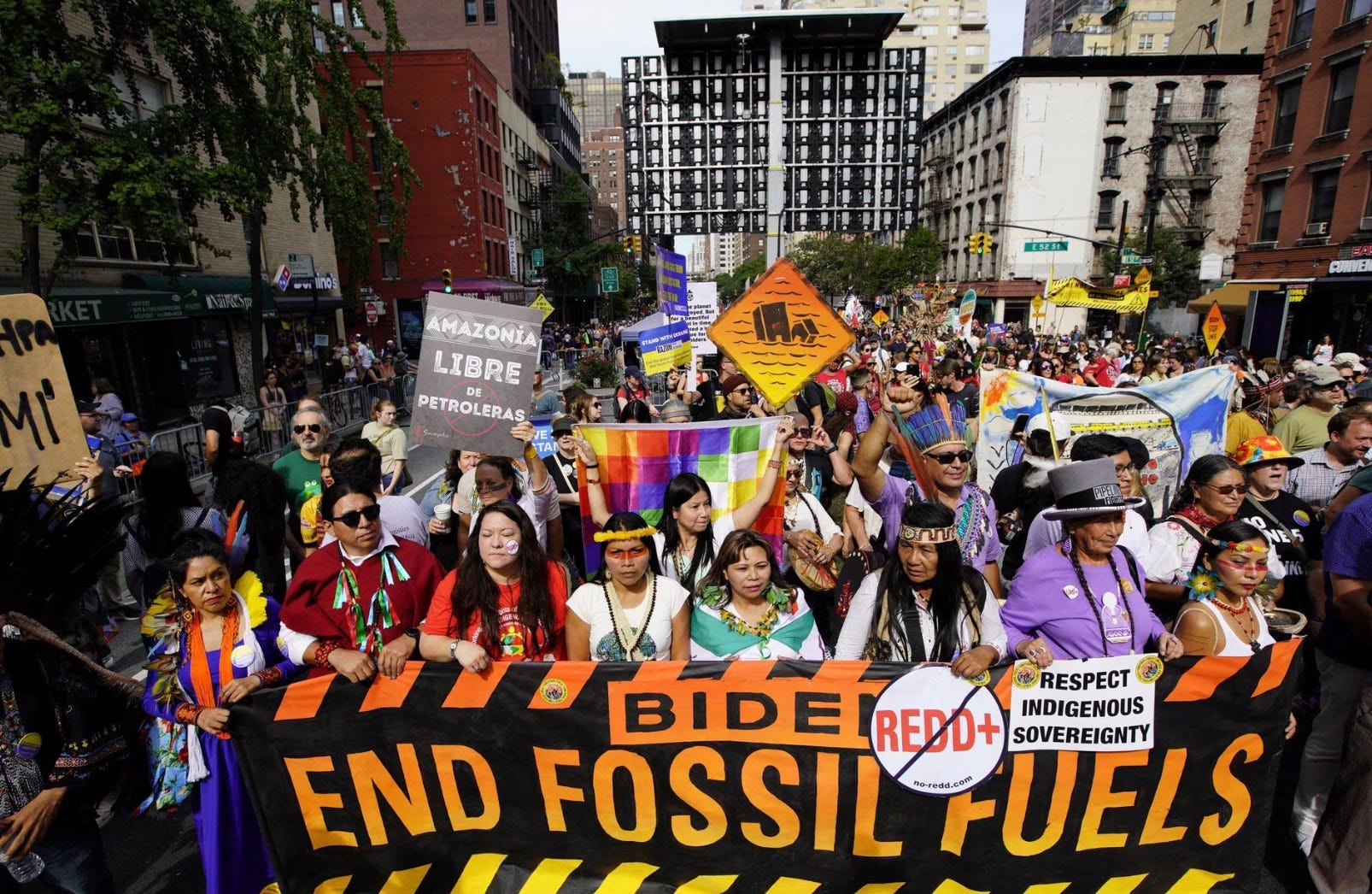Is Clean Energy's Boom At Risk? Analyzing The Growing Opposition

Table of Contents
Political Headwinds and Regulatory Uncertainty
The clean energy transition is highly susceptible to shifts in political landscapes and the ever-changing regulatory environment. Government policies, or the lack thereof, play a pivotal role in determining the success or failure of clean energy projects. Changes in subsidies, permitting delays, and inconsistent policy frameworks create significant uncertainty for investors and developers.
-
Examples of hindering policies: Some regions have seen the reduction or elimination of tax credits for renewable energy installations, making projects less financially viable. Complex and lengthy permitting processes for wind farms and solar power plants can delay projects for years, increasing costs and reducing investor confidence. Furthermore, some governments prioritize fossil fuel extraction through subsidies and relaxed environmental regulations, directly competing with renewable energy investments.
-
Lobbying efforts by fossil fuel interests: Powerful lobbying groups representing the fossil fuel industry actively work to influence legislation, often hindering the advancement of clean energy policies. These efforts range from direct campaign contributions to shaping public discourse through misinformation campaigns.
-
Impact of political polarization: The increasing polarization of political viewpoints often translates into gridlock on crucial clean energy legislation. This partisan divide can prevent the implementation of necessary policies and create instability in the sector, making long-term investment planning challenging. This political opposition to clean energy significantly impacts the speed and efficacy of the transition.
Economic Challenges and the Cost of Transition
The transition to a clean energy economy presents significant economic challenges, including substantial upfront costs, the need for major upgrades to grid infrastructure, and potential job displacement in traditional energy sectors like coal mining and oil drilling.
-
Clean energy vs. fossil fuels: While the initial investment costs for renewable energy technologies might be higher than for fossil fuels, the long-term operational costs are often significantly lower. Furthermore, the lifecycle costs, including environmental damage, need to be factored into any economic comparison.
-
Economic benefits of clean energy: The clean energy sector is a substantial engine for job creation, particularly in manufacturing, installation, and maintenance. Moreover, technological innovation driven by the clean energy transition creates new opportunities and economic growth in related industries.
-
Financing mechanisms for clean energy projects: Green bonds, tax credits, and government grants are increasingly important in financing clean energy projects. However, access to these mechanisms remains uneven, and further development of innovative financing models is crucial to accelerate the transition. The availability of sustainable energy financing is directly tied to overcoming the economic barriers to widespread adoption.
Public Perception and Misinformation Campaigns
Public perception and the spread of misinformation significantly hinder the clean energy transition. Negative narratives, often fueled by misinformation campaigns funded by fossil fuel interests, can undermine public support for renewable energy projects.
-
Misinformation campaigns: Common tactics include exaggerating the environmental impact of renewable energy technologies, falsely portraying them as unreliable or inefficient, and spreading fear about job losses in the traditional energy sector.
-
Public attitudes towards renewable energy: While public support for renewable energy is generally high, understanding and acceptance vary considerably depending on specific technologies and geographical locations. Addressing public concerns and misconceptions is crucial for fostering wider acceptance.
-
Improving public understanding: Educational campaigns, transparent communication from industry stakeholders, and effective engagement with communities affected by clean energy projects are vital to improve public understanding and address misinformation. Building public acceptance of sustainable energy is crucial for political and economic success.
Technological Hurdles and Infrastructure Limitations
Technological challenges and limitations in existing infrastructure constrain the widespread adoption of clean energy. Advancements in technology are crucial to overcome these hurdles and unlock the full potential of renewable energy sources.
-
Energy storage and grid integration: The intermittent nature of renewable energy sources like solar and wind requires robust energy storage solutions and improvements to grid infrastructure to ensure reliable power supply. Developing advanced battery technologies and smart grid systems is a key priority.
-
Limitations of current renewable energy technologies: Current solar and wind technologies have limitations in terms of efficiency, lifespan, and manufacturing costs. Continuous research and development are needed to improve these technologies and make them more cost-effective and sustainable.
-
Advancements and innovations: Significant progress is being made in areas such as advanced battery technologies, improved wind turbine designs, and innovative solar panel technologies. These advancements are steadily overcoming the technological hurdles to wider clean energy adoption. Investing in sustainable energy innovation is critical to a successful clean energy future.
The Future of the Clean Energy Boom – Navigating the Opposition
The clean energy transition faces significant obstacles, including political opposition, economic challenges, public perception issues, and technological hurdles. These challenges pose a considerable risk to the continued growth of the clean energy sector. However, the potential benefits of transitioning to a sustainable energy future—reduced greenhouse gas emissions, improved air quality, and economic opportunities—are undeniable.
The future of clean energy hinges on our ability to address these challenges head-on. By understanding the growing opposition to clean energy and advocating for supportive policies, investing in research and development, and fostering public understanding, we can ensure a sustainable and prosperous energy future powered by renewable energy solutions. Let’s work together to overcome the opposition and accelerate the transition to a cleaner, more sustainable world.

Featured Posts
-
 Suki Waterhouses North American Tour Inside The Surface Disco Experience
May 20, 2025
Suki Waterhouses North American Tour Inside The Surface Disco Experience
May 20, 2025 -
 Find Sandylands U On Tv Schedule And Where To Watch
May 20, 2025
Find Sandylands U On Tv Schedule And Where To Watch
May 20, 2025 -
 Side Hustle Income Tax The Impact Of Hmrcs New Us Inspired Enforcement Strategy
May 20, 2025
Side Hustle Income Tax The Impact Of Hmrcs New Us Inspired Enforcement Strategy
May 20, 2025 -
 D Wave Quantum Inc Qbts Stock Surge Reasons Behind The Recent Rise
May 20, 2025
D Wave Quantum Inc Qbts Stock Surge Reasons Behind The Recent Rise
May 20, 2025 -
 Solve The Nyt Mini Crossword April 25th Answers
May 20, 2025
Solve The Nyt Mini Crossword April 25th Answers
May 20, 2025
